|
Alongside Gian Maria Tosatti, if by sheer scale alone, there's another artist that has put their stamp all over the 2022 Venice Biennale, it's Simone Leigh.
Art, as we know, is often called upon to represent the world around us. Sometimes, it represents the world as the artist sees it, but other times, it requires the artist to make a leap and represent something that they would like to see.
0 Comments
In a year where the themes of the Biennale draw from Leonora Carrington's surrealist children's book Milk of Dreams, the appearance of characters from fairy tales in the exhibition spaces should be of no concern to us. But in Denmark, something has gone wrong. We are left to bear witness to what's left of a Nordic fairy tale. There's an element of decay, perhaps also of crops or an environment that has suffered some kind of tragic fate. In any case, the centaurs won't be living on. In fact, they've met their ends in dramatic circumstances, the male centaur strung up for all to see, the female centaur abandoned in the midst of giving birth. In We Walked The Earth, artist Uffe Isolotto renders us archaeologists, leaving us very little in the way of clues. We see deterioration all around us, with the remnants of the natural world dried up and decaying around us as we survey the scene. 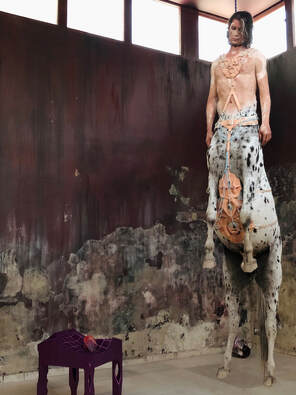 The hyper-realism of Isolotto's figures and their sheer scale make their gothic fate all the more disturbing to us. In their own, unique way, they symbolise both the natural and the human worlds rolled into one, but neither proves to be victorious. We Walked the Earth they declared, silently, And Now We Are Water. The magical realism of this exhibition, while completely different to much that was on offer at the Biennale this year, fit very well with the Surrealist themes of the main exhibition. At a push, I can imagine how the subtheme of humans and the earth connects here. In any case, it was lovely to see Denmark step away from video works and present something that was both sad and whimsical. PRACTICALS You'll need a ticket to Giardini to see this exhibition. Tip: There is an accompanying booklet called And Now We Are Water, but you'll probably want to take it home and then light up a spliff before reading it. Artist; Uffe Isolotto Curator; Jacob Lillemose This year, The Australia Council, the bigwigs who get the final say on who represents Australia at the Biennale, made the commendable decision of opting for a pretty audacious, experimental installation.
In selecting artist Marco Fusinato to represent Australia this year, they essentially allow the Australian pavilion to deliver the Biennale's one, true rock star moment of the year. Of all the shows that I saw this year, DESASTRES felt the edgiest. It was, at least, the closest any national pavilion got to offering up a truly experimental experience. There's a handful of nations whose approach to the Biennale often leaves me cold.
Often, rather than offering their artists the chance to reach out, their pavilions feel like they would be better suited to an expo rather than an art fair. While they're busy using their spaces to pitch just how wonderful their countries are - at the expense of giving a local artist a chance to pursue an idea - the exercise often winds up as a failed attempt at winning over hearts and minds. I don't need to be dazzled by the technology a country has at its disposal. I won't be swayed by the private collection of some oil magnate that's being put on show. I'd rather your organising committee commissioned a set of childrens' drawings at that point. So imagine my utter surprise this year, as I walked out of the Saudi Arabian pavilion, completely blown away. If you're on the hunt for the 2022 Biennale's most charming artist/force of nature, then you need look no further than the New Zealand pavilion.
With twelve extraordinary photos, a video, copius research material and a bit of chutzpah, interdisciplinary artist Yuki Kihara deftly turns the past on its ear. Kihara offers up one of this year's truly intersectional projects and does so with one of the historical art world's real juggernauts in her sights, leaving no stone unturned as she "takes on" (and becomes) Paul Gauguin. Gauguin, represents something of a stepping stone into art and art history for many young people (and a safe crowd pleaser for Art teachers at high schools all around the world). In preparation for the Biennale, every country makes strategic decisions. They have to decide who is going to represent them and why. They have to focus on whether a truly contemporary artist should produce a work specific to the year's Biennale, or whether they can opt to draw from a collection, using a modernish artist to present an aspect of their country's society or artworld. Do they put forward a solo show, a collective or use the platform to show the work of multiple artists? The Biennale is the world's oldest and longest running art fair, but it is a tale of haves and don't have yets. For every established country that has decades' of experience exhibiting, established networks and the tools they need to put on a show, there are also "emerging art" nations who are new to, or still in the early days of their association. Add a pandemic to the complexity already provided by transport, logistics and costs and you can get a feeling for how countries have to make their decisions. This year, as with most years, I enjoyed trips into established pavilions (like South Africa) as much a I did to visits to pavilions run by first timers Uganda and second timers Ghana. The themes, styles and approaches in those three pavilions varied widely, but in each of the exhibits there was one artist that really stood out for me. 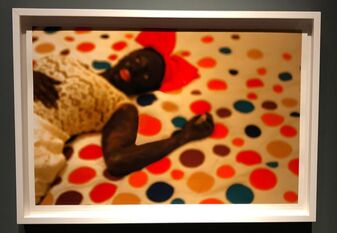 SOUTH AFRICA In the South African pavilion, of the three artists whose work was on show, it was Lebohang Kganye's B(l)ack to Fairy Tales, with all its whimsy, nostalgia and sheer bonkersness that completely enthralled me. Essentially, Kganye casts herself as Snow Black, working her way into a series of self portraits. But we're not talking Hans Christian Andersen here; she's moving in and out of the world of fairy tales, but the settings are always in African townships. There's so much going on in the images; the lack of sharpness in the image reminds us that we're under the spell of hazy memories and the settings ask us to think about the realities that people in South Africa have to face every day. (Arsenale)  UGANDA For their first ever Biennale, Uganda elected to go with two established artists; Acaye Kerunen and Collin Sekajugo for the Radiance: They dream In Time exhibition. The pavilion, a collateral event at the Biennale, meaning it is located in the city of Venice rather than at the Giardini and Arsenale grounds, offered a mix of sculpture, installations and paintings but it was the sometimes painting, sometimes collage work of Collin Sekajugo that I loved the most. Frankly, I was trepidacious about even setting foot into the Ugandan pavilion, given the country's horrific record when it comes to LGBT citizens, but I am really glad I did. Uganda's own organising committee, in its notes on the exhibit, points to how Uganda's art scene is still fledgling. But the quality of the work on show here, especially in Sekajugo's Call Centre Girls makes it worth tracking down in Venice if you can get google maps to cooperate long enough. 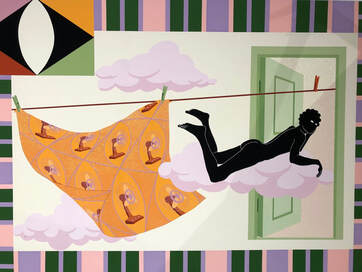 GHANA also elected for a multiple artist approach for this, its second Biennale. This year, three artists were selected by the director of the country's institute of arts and head of musuems and cultural heritage- Nana Oforiatta Ayim - to represent Ghana in Black Star, this year's presentation at the Biennale. Of the three artists showing, it was the work of Na Chainkua Reindorf which appealed to me most. Whilst Chainkua Reindorf created a site specific installation for the show, it was her paintings that appealed to me most. The paintings, which sometimes include textiles and traditional fabrics, recast women into roles that have always been reserved for men in Ghana's myths and narratives. Her images, which are at times playful and thought provoking, are incredibly graphic in nature, yet with the inclusion of the fabrics, they seem to interweave traditional elements into the works. PRACTICALS For the Ghana and South Africa exhibitions, you'll need a ticket to Arsenale. For the Uganda exhibition, you'll need a good map and sturdy walking shoes. As the host nation, Italy's run at the Biennale in recent years has been hit and miss, if you ask me.
For the most part, the approach at the Italian pavilion has been ambitious at recent Biennales. Although the Italian pavilion usually favours complex installations, there seems to be such a sense of one-up-manship, that at times, it feels like the artist and curatorial team are biting off more than they can chew. This year, everyone had to line up under the sweltering sun to get into the Italian pavilion. That experience took me back to my youth in Melbourne, where I used to have to line up to get into bars and clubs. Every extra minute I waited, the anxiety and the dread grew, knowing I would soon be "assessed" by an agressive doorman or doorbitch who would decide if I was worthy enough to spend my money on drinks [back then, the drink of choice was vodka, but the music could range from dance/pop all the way through to heavy metal]. In any case, the strategy of single admission to the Italian pavilion is simply to limit the number of visitors in the space at any one time. It's an effective approach that makes sense with what's happening inside the walls of the show (and feels decidedly COVID friendly). I walked in hot, sweaty and grumpy and walked out feeling like Jodie Foster, wondering if the lambs have stopped screaming. If there are two pavilions at the Biennale that almost always leave me frustrated, its the Russian and Swiss pavilions.
There, I said it. This year, due to the invasion of Ukraine, Russia has essentially been "expelled" from the Biennale. I'll be honest. I'm not sure how I feel about the world's embargo on Russia when it comes to art, culture and artists. I’m going to be honest.
Almost every time I walk into the Belgium pavilion at the Venice Biennale, I walk away disappointed. But this year, I not only loved the exhibit, I actually made some extra time to return there, to ensure I ended my Biennale experience with a smile on my face. To say it’s been a tough couple of years for everyone would be an understatement. Despite the ongoing problems we’re facing with the combined challenges of a pandemic, war in Ukraine and the pressures we’re experiencing with supply chains and inflation in almost every corner of the globe, there are some lights on the horizon, if we actively search them out.
This year, after the pandemic scuttled the scheduled 2021 edition of the Venice Biennale, it’s finally back after three years and some false starts. I have to say, having lived out the pandemic in Italy, a country which was amongst the first and hardest hit, I had really been looking forward to returning to the Biennale. If you’ve visited this blog in the past, you may have noted that the Biennale is my favourite event in Italy, and one of the few times where I feel my masters in art curatorship gets a workout. |
Dave
|
|
|
Dave Di Vito is a writer, teacher and former curator.He's also the author of the Vinyl Tiger series and Replace The Sky.
For information about upcoming writing projects subscribe to the mailing list. Dave hates SPAM so he won't trouble you with any of his own. He promises. |
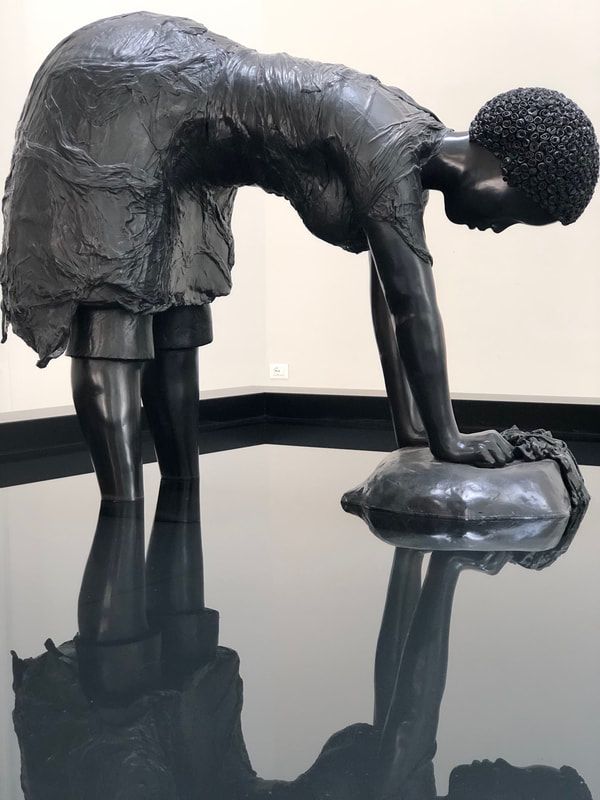
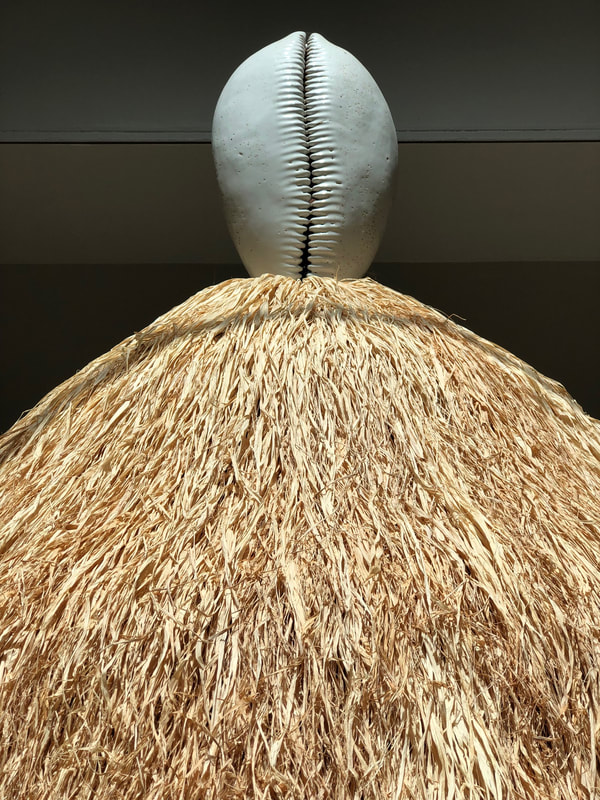
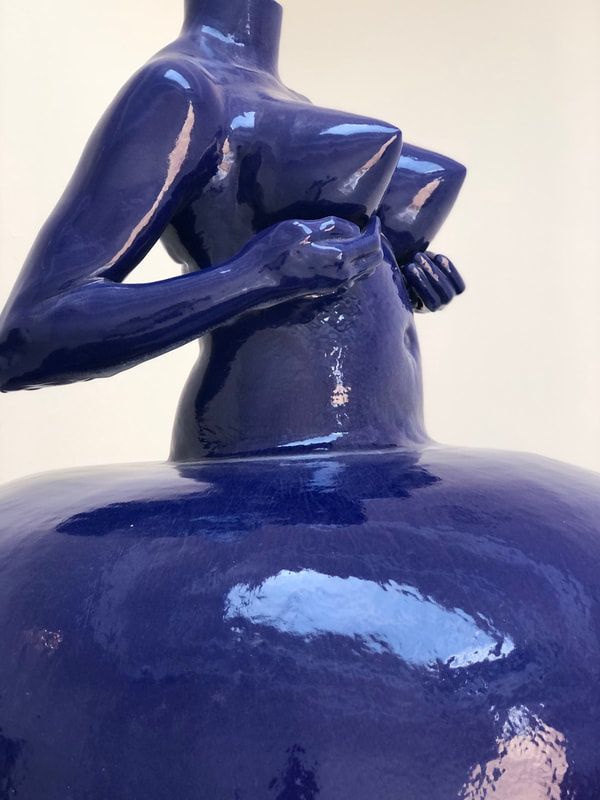
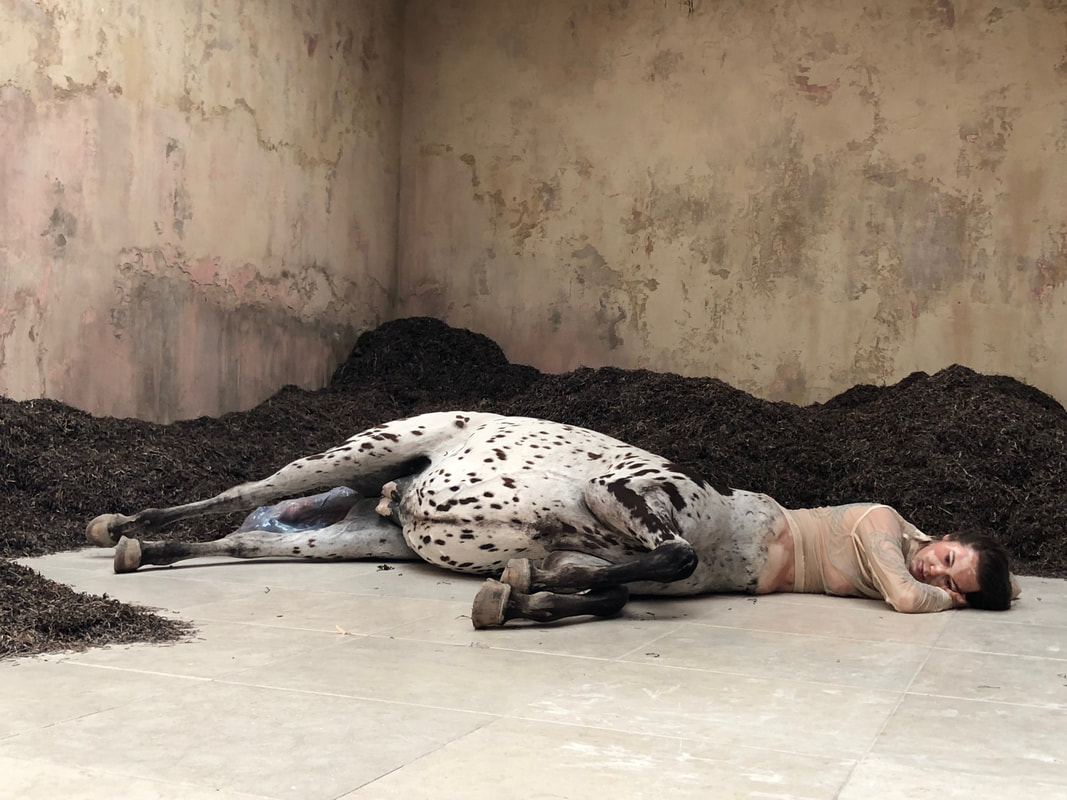
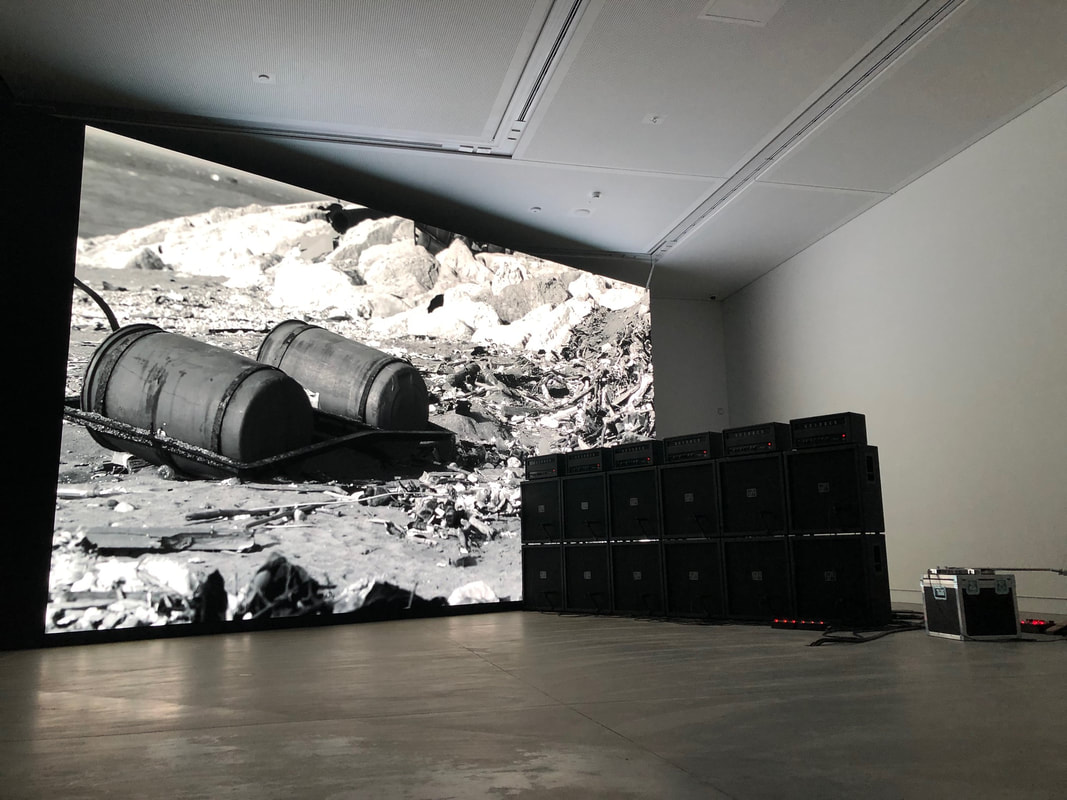
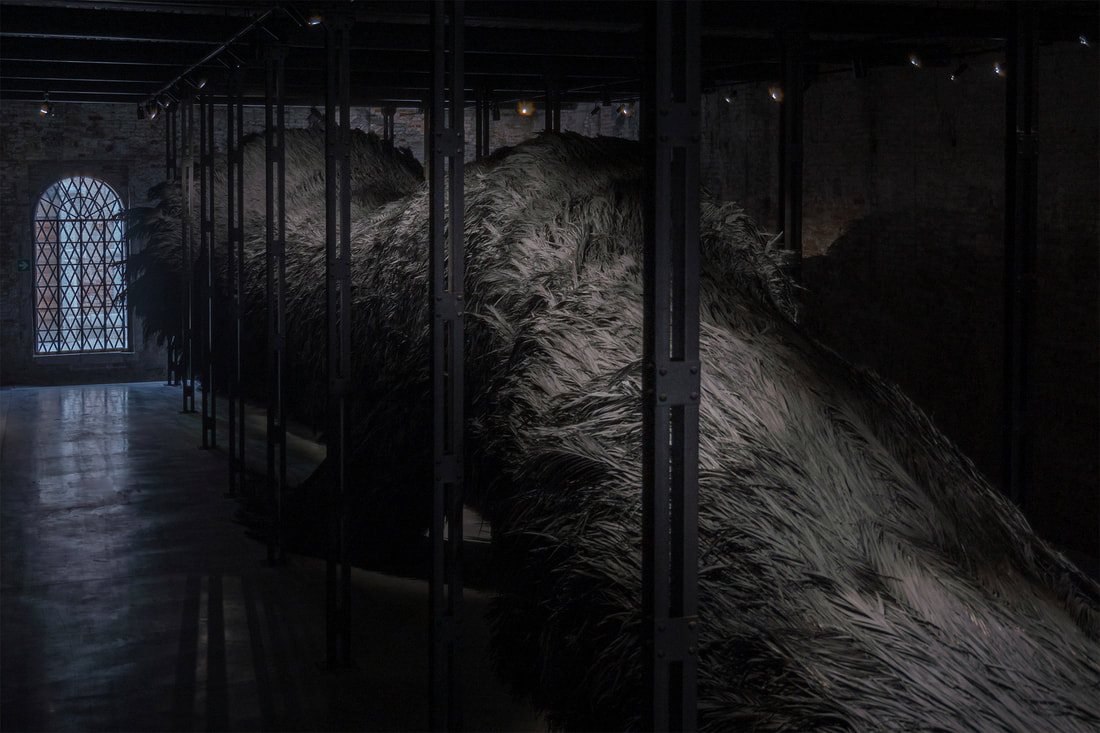

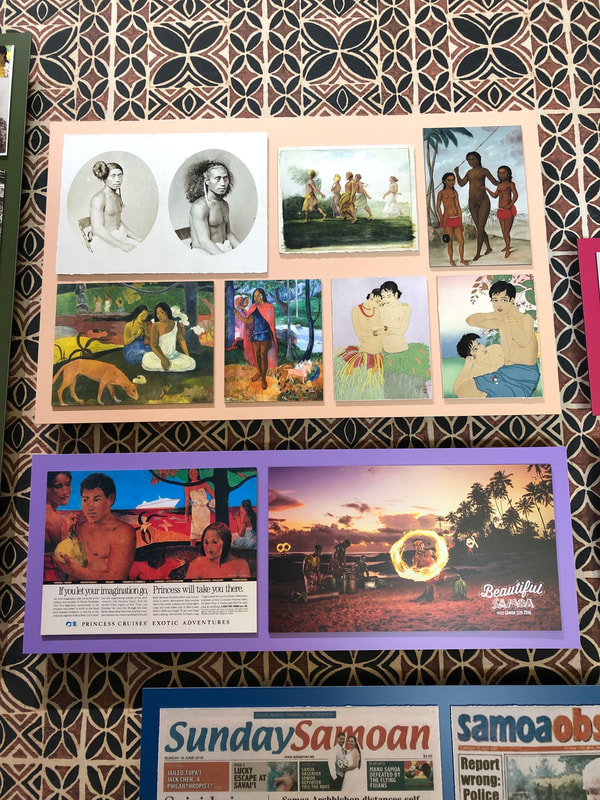
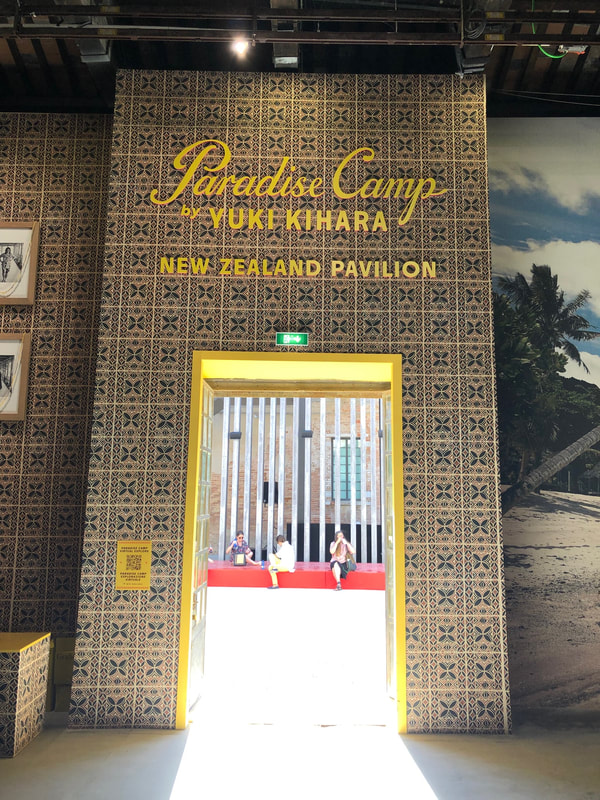

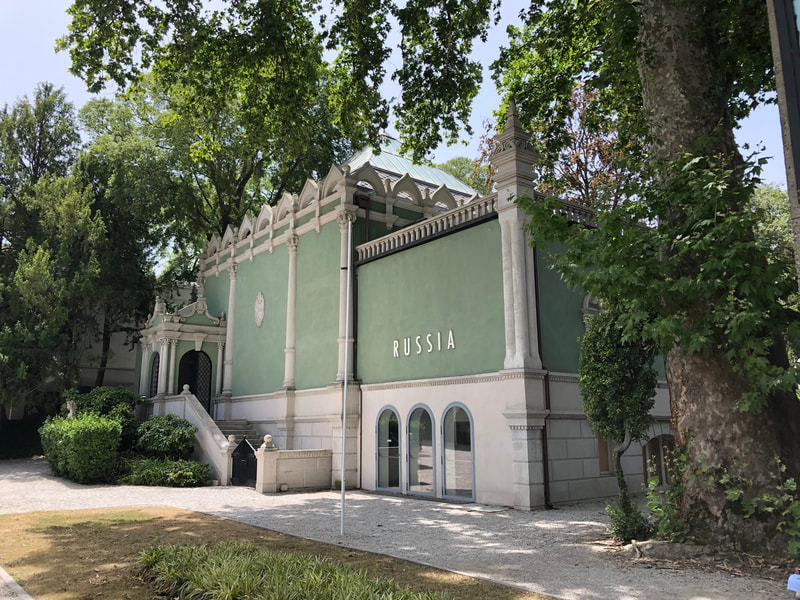
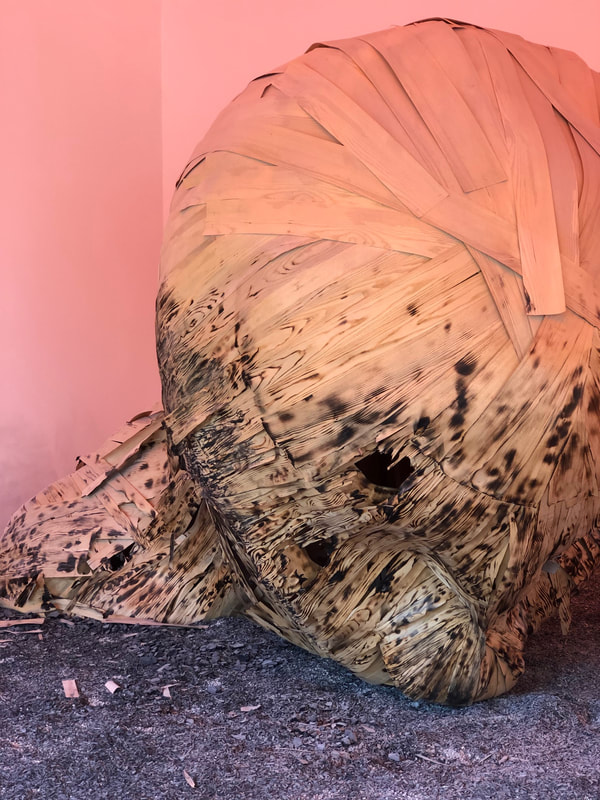
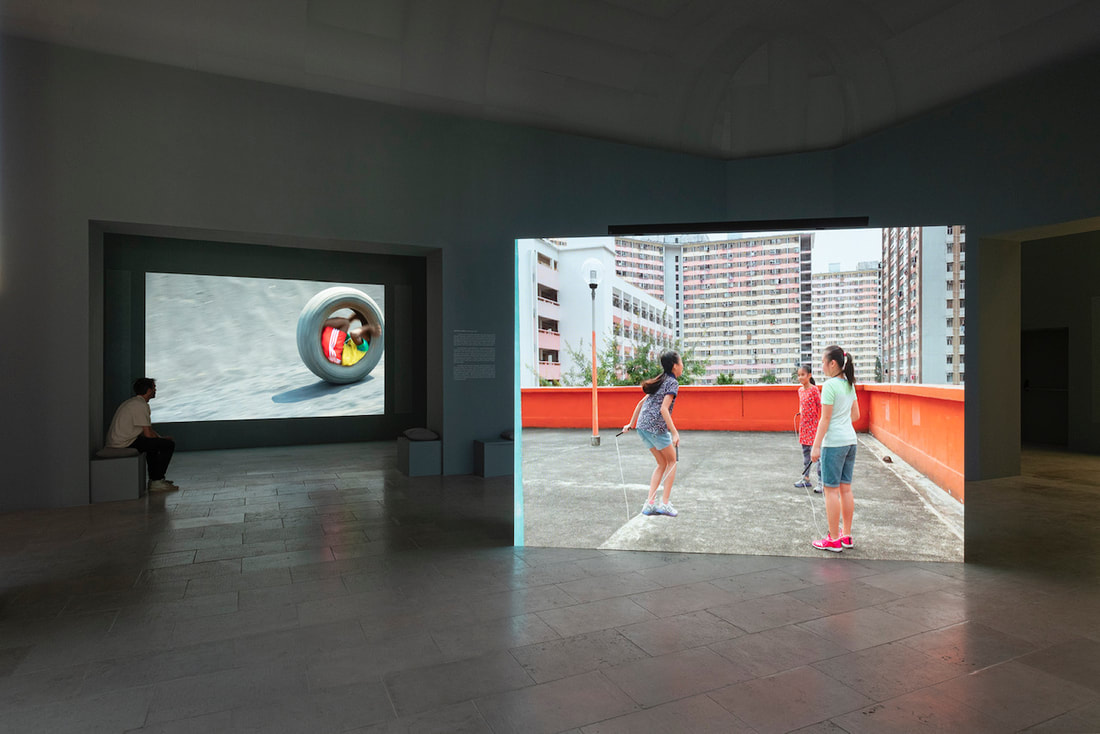
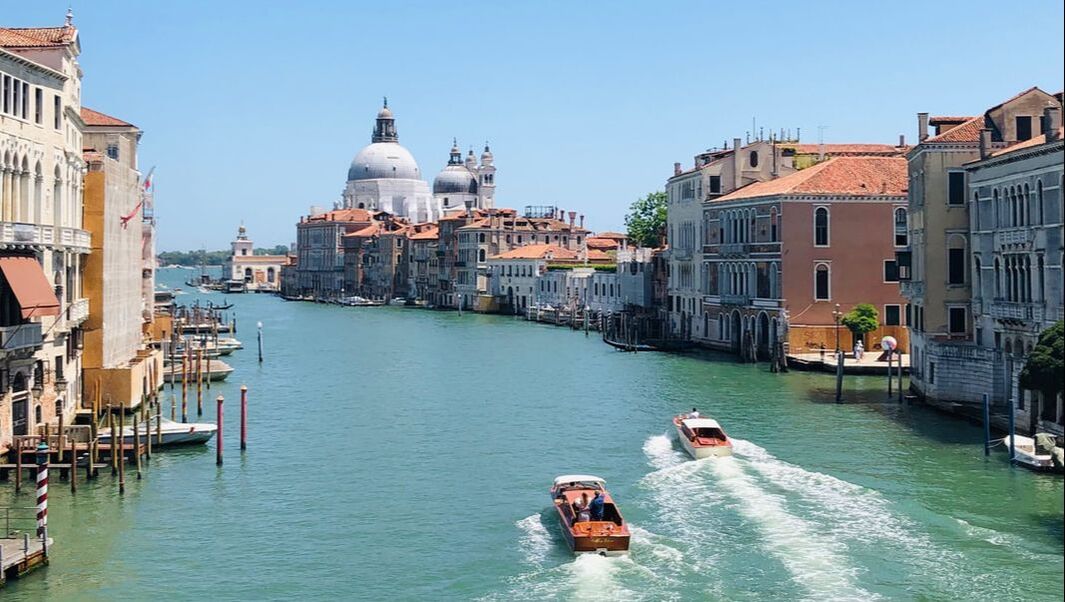
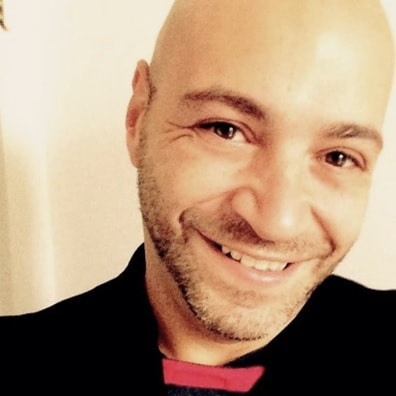
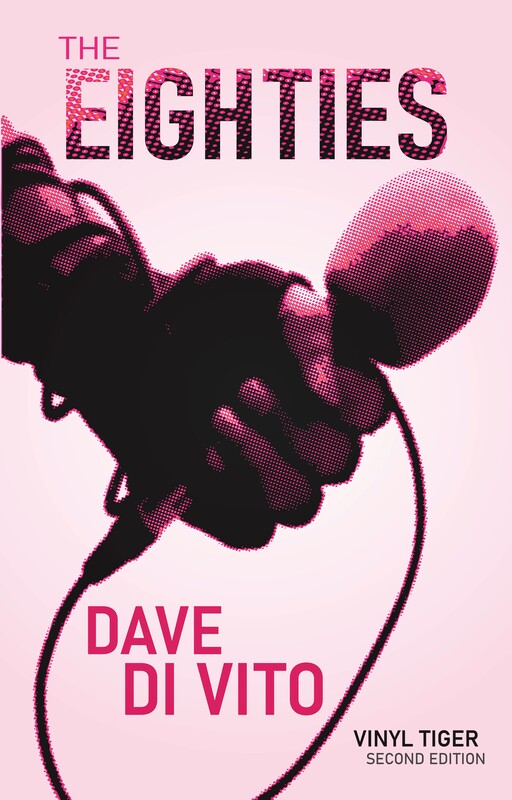
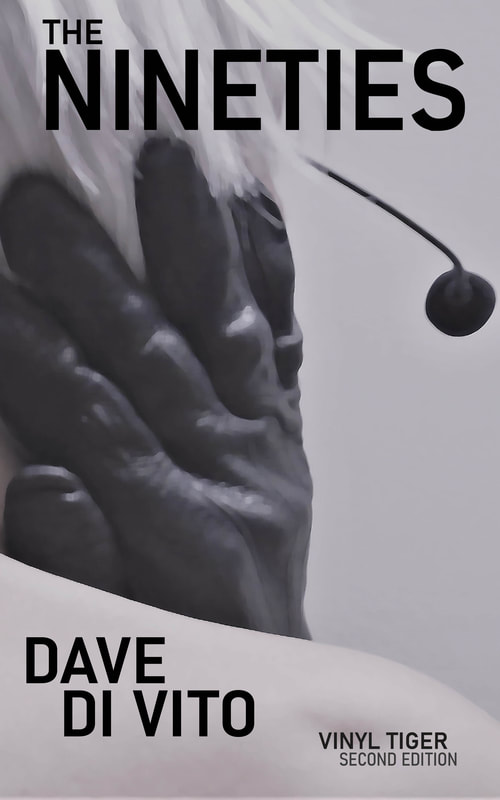
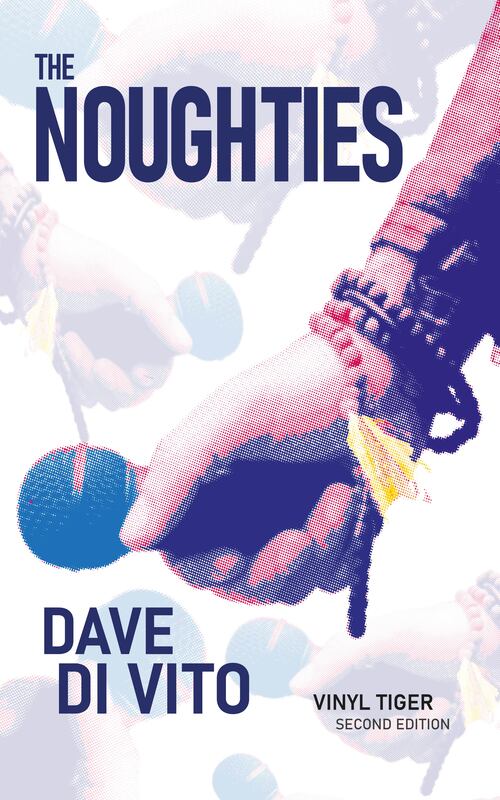
 RSS Feed
RSS Feed